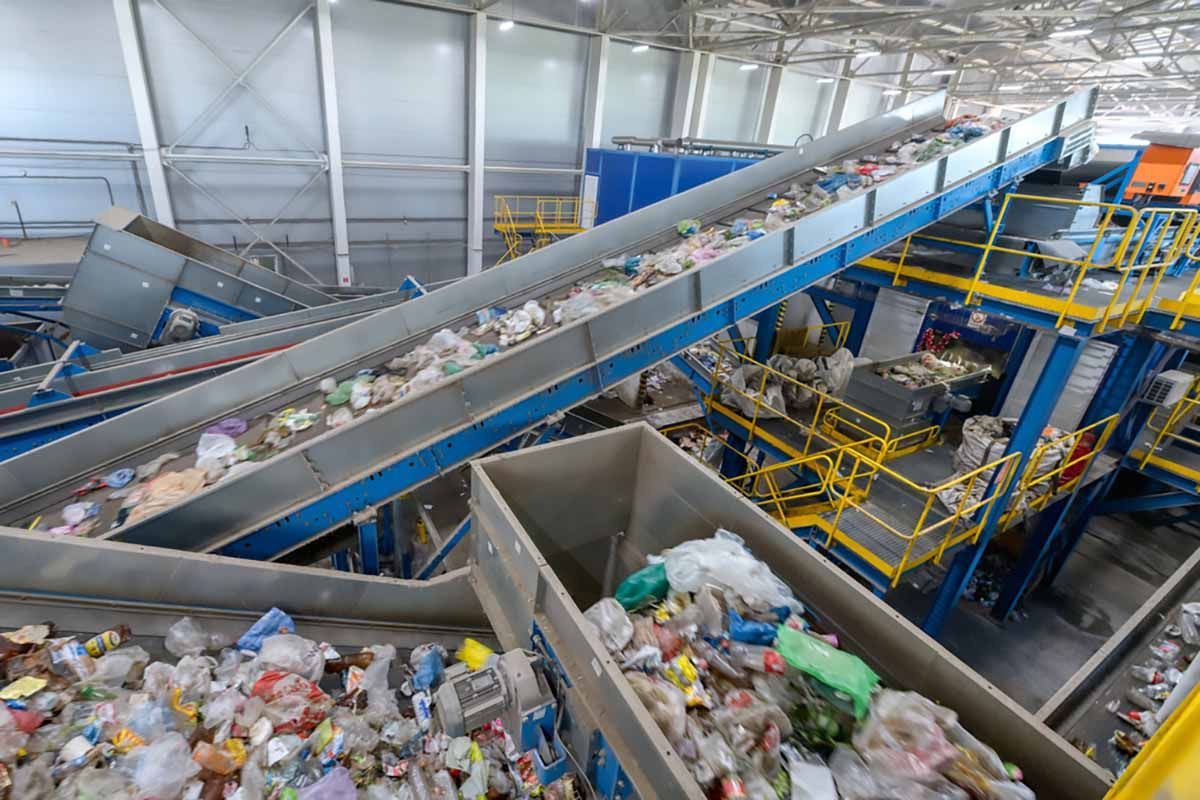The Opportunities of Solar Panel Recycling
January 29, 2019
This guest blog is courtesy of GreenMatch.
What Happens to PV Panels When Their Life Cycle Ends
The energy industry has been experiencing a radical change and the gradual shift towards renewable energy sourcing is more than evident. Nevertheless, not all that looks sustainable stays that way upon the end of its life cycle. At least that is the most common worry regarding photovoltaic (PV) solar panels. They are a sustainable source of energy, dependant only on solar radiation, and capable of delivering electricity to our homes. However, what happens to solar panels when they fail to perform efficiently? Explore their journey through the recycling process in the infographic below:

The Lifetime of Solar Panels
How long do solar panels last? A question that most people have in mind when considering solar panels. According to studies, the life expectancy of solar panels is about 30 years before decommissioning.
During the life of photovoltaic panels, a 20 per cent decrease in power capacity might occur. Between the first 10 to 12 years, the maximum decrease in efficiency is 10 per cent, and 20 per cent when reaching 25 years. These figures are guaranteed by the majority of manufacturers.
Still, experience shows that, in reality, the efficiency drops by merely 6 to 8 per cent after 25 years. The lifespan of solar panels may thus be much longer than officially stated. The lifespan of high quality PV panels may even reach 30 to 40 years, and be still functional afterwards, though with decreasing efficacy.
Disposal of Solar Panels
From a regulatory aspect, PV panel waste still falls under the general waste classification. A sole exception exists at EU-level, where PV panels are defined as e-waste in the Waste Electrical and Electronic Equipment (WEEE) Directive. The PV panel waste management is thus regulated by this directive, additionally to other legal frameworks.
The solar cells manufacturers are bound by law to fulfil specific legal requirements and recycling standards in order to make sure that solar panels do not become a burden to the environment. That is when technologies to recycle solar panels started emerging.
Photovoltaic producers collaborated with governmental institutions and have come up with a few ways to tackle solar waste.
Solar Panel Waste
In fact, if recycling processes were not put in place, there would be 60 million tons of PV panels waste lying in landfills by the year 2050; since all PV cells contain certain amount of toxic substances, that would truly become a not-so-sustainable way of sourcing energy.
In the following interactive map, you can check out which countries produce the most solar panel waste: https://www.google.com/maps/d/u/0/viewer?mid=1g4J5np6uhrHh-PmC-K4fB7QmJvU&femb=1&ll=19.76800158249233%2C15.953076499999966&z=2
The common belief of solar panels not being recyclable is, therefore, a myth. It is, however, a process that needs time to be widely implemented and requires further research to reach its full potential of adequately recycling all solar panel components. For that reason, it is necessary that designing and recycling units collaborate closely so that the ability to recycle is ensured by mindful eco-designs.
Solar Panel Recycling Processes
There are two main types of solar panels, requiring different recycling approaches. Both types—silicon based and thin-film based—can be recycled using distinct industrial processes. Currently, silicon based panels are more common, though that does not mean that there would not be great value in the materials of thin-film based cells.
Research studies conducted on the topic of recycling solar panels have resulted in numerous technologies. Some of them even reach an astonishing 96% recycling efficiency, but the aim is to raise the bar higher in the future.
Silicon Based Solar Panel Recycling
The recycling process of silicon-based PV panels starts with disassembling the actual product to separate aluminium and glass parts. Almost all (95%) of the glass can be reused, while all external metal parts are used for re-molding cell frames. The remainder materials are treated at 500°C in a thermal processing unit in order to ease up the binding between the cell elements. Due to the extreme heat, the encapsulating plastic evaporates, leaving the silicon cells ready to be further processed. The supporting technology ensures that not even this plastic is wasted, therefore it is reused as a heat source for further thermal processing.
After the thermal treatment, the green hardware is physically separated. 80% of these can readily be reused, while the remainder is further refined. Silicon particles—called wafers—are etched away using acid. Broken wafers are melted to be used again for manufacturing new silicon modules, resulting in 85% recycling rate of the silicon material.
Thin-Film Based Solar Panel Recycling
In comparison, thin-film based panels are processed more drastically. The first step is to put them in a shredder. Afterwards, a hammermill ensures that all particles are no larger than 4-5mm, which is the size where the lamination keeping the inside materials together breaks, and hence can be removed. Contrary to silicon-based PV panels, the remaining substance consists of both solid and liquid material. To separate these, a rotating screw is utilised, which basically keeps the solid parts rotating inside a tube, while the liquid drips into a container.
Liquids go through a precipitation and dewatering process to ensure purity. The resulting substance goes through metal processing to completely separate the different semiconductor materials. The latter step depends on the actual technology used when producing the panels; however, on average 95% of the semiconductor material is reused.
Solid matters are contaminated with so-called interlayer materials, which are lighter in mass and can be removed through a vibrating surface. Finally, the material goes through rinsing. What is left behind is pure glass, saving 90% of the glass elements for easy re-manufacturing.
The Future Benefits of Solar Waste Management
Now that we know that solar panels can be recycled, the question is what other benefits it brings to the economy—if any. Obviously, a proper solar panel recycling infrastructure will need to be established to manage the large volumes of PV modules that will be disposed in near future. Once that is in place, we’ll be witnessing several positive factors and new opportunities within the economy.
Not only will PV recycling create more green job opportunities but also approximately £11 billion in recoverable value by 2050. This influx will make it possible to produce 2 billion new panels without the need to invest in raw materials. This means that there will be the capacity of producing around 630 GW of energy just from reusing previously used materials.
Thanks to constant solar energy price drops, more and more households and businesses choose to invest in solar power systems. As a result, even more economic opportunities in the solar cell recycling sector will emerge.
The original blog can be viewed online.
Disclaimer: Guest blogs represent the opinion of the writers and may not reflect the policy or position of the Northeast Recycling Council, Inc.
Share Post





